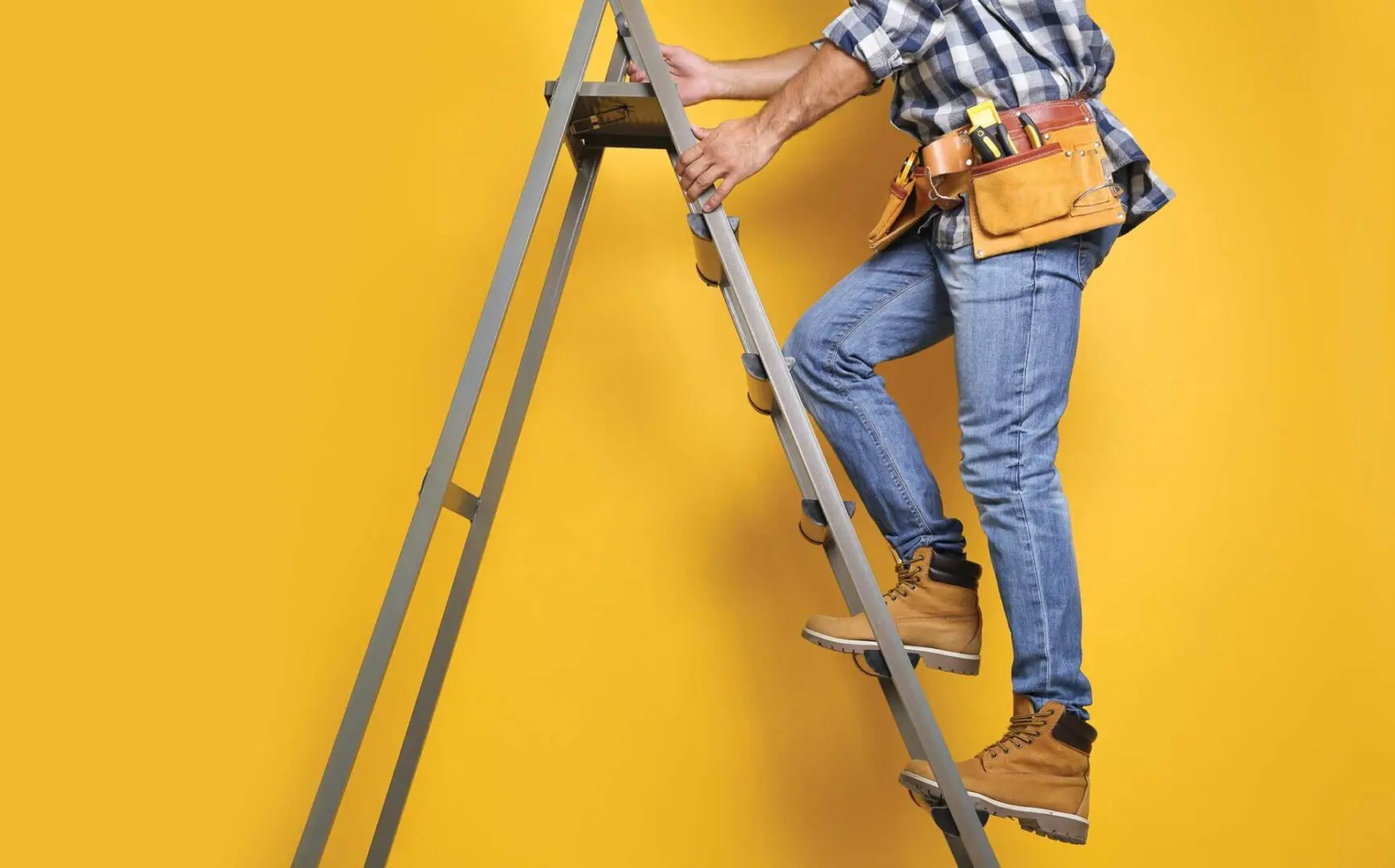Preventing Falls: Small Adjustments That Could Save Your Life
By MS. LAUREN SCHATZ, STAFF WRITER
Mitchell Garrett is a 20-something social media influencer with more than 170,000 followers. Since an ATV accident in 2019, Garrett has navigated popular internet challenges and trending dances from a wheelchair. The influencer also shares his struggles with missing being able to walk and not recovering the way he had dreamed of doing. However, the social media star is thankful to be alive and is dedicated to focusing on the joys of life. His humor and creativity inspire others to do the same.
Not everyone who suffers a fall-related injury is as fortunate. A few years ago my family lost a friend who slipped while putting up lights on his house for the holidays. He was nearing retirement, and he and his wife had dreams of traveling abroad when, in an unsuspecting moment, those dreams were taken away.
You have most likely shared similar experiences. Whether you have climbed on ladders, roofs, boulders, vehicles, machinery, or other heights, you have probably been elevated enough to make a fall harmful or even deadly.
Perhaps you have experienced a fall before and recovered swiftly. When you encounter high places and spaces now, you might not be overly cautious and rely on your body’s resiliency.
However, each fall is different, and the outcomes are often up to chance. Do not give into the inevitable false sense of security and confidence in yourself. Recognize that life-changing slips and falls can happen to anyone—and in an instant.
Christopher Reeve is a prime example that truly no one is immune to chance accidents—no matter how fit or famous. You have probably already heard of the beloved Superman actor’s famous fall, but did you know about the significance of his landing? If the actor had fallen one centimeter further to the left, he would have died almost immediately. If he had fallen one centimeter further to the right, he would have likely walked out with less than a concussion.
Although he survived that fall, it has been said that Reeve considered ending his life. However, he thankfully improved the quality of his life by setting his sights on something bigger than himself—activism. He encouraged improving the quality of life for those with similar injuries—and even for those without.
Falls are clearly unpredictable, with the accompanying injuries having a myriad of outcomes and often involvÂing vulnerable organs. According to the Centers for Disease Control and Prevention, falls are the number one cause of traumatic brain injuries (TBI). Severe bumps to the head or injuries that penetrate the head, disrupting norÂmal brain functions, cause TBI. Those who survive TBI often must navigate severe lifelong side effects, such as impaired thinking, movement, vision, or even significant personality changes.
Spinal cord injuries are another common injury due to falls. In fact, the World Health Organization cites falls as a leading cause of spinal cord injuries.
Spinal cord injuries vary by severity, but those who survive can experience:
- Loss of sensation or movement, or both.
- Loss of bowel or bladder control, or both.
- Changes in sexual function.
- Pain or an intense stinging sensation.
- Difficulty breathing.
To best combat injury and death, fall prevention practices should be followed—even at elevations as low as 4 feet.
The Air Force recognizes the importance of fall prevention. With 19 on- and off-duty fall fatalities since 2011, the Department of the Air Force not only encourages members to adhere to safety regulations while on duty but also while enjoying recreational activities, home improvement, or other instances where falls could be a risk.
Fall prevention is any system or process you use to keep an accidental fall from being a risk. Well, it seems simple—do not slip or trip. However, that is much easier said than done. Avoiding falls involves identifying specific, practical measures that can be easily implemented. The following tips are just a few of the many ways you can optimize your safety when off the ground.
- Move carefully. Not letting this mindset slip can, in turn, help you not to slip.
- Another way is to avoid loose clothing. Anything hanging can cause you to trip or can snag.
- Do exercises that improve your balance. Incorporating these exercises into your schedule when possible can make an impact.
- Make slippery areas in your home nonslip through mats or other devices.
- Hold onto railing when possible.
- Wear shoes rather than socks if on ladders, chairs, or other objects on which you are climbing.
- Clean up clutter and tripping hazards. No matter how mindful you may be about a certain tripping hazard, it is best to remove it.
- Create barriers to prevent a fall.
- Do not climb alone. As mentioned, falling the wrong way at any height can be dangerous.
- Use both hands when going up or down ladders or high devices. Splurge on a tool belt if you do not already have one.
- Face ladders when ascending or descending.
- Use the 1:4 ratio rule for ladders. The ladder’s base should be 1 foot from the wall or support for every 4 feet of vertical extension.
- Do not climb on ladders or objects in walkways or doorways unless it is locked, blocked, or guarded.
- Do not overreach for items.
Prevention, as in everything else, should always be your first choice in falls. However, if a fall occurs, learn how to navigate the situation. Calling 911 and letting them guide you is best. They may advise you not to move the individual or to check for vomit in airways.
Slips, trips, and falls happen to everyone. Knowing how to best avoid them through practical tips is up to you.

